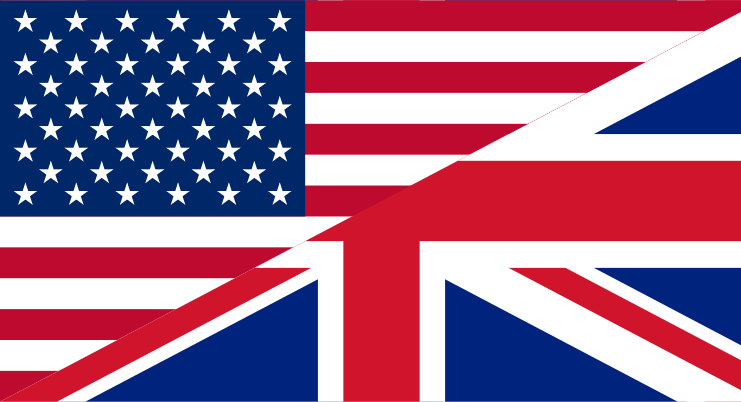
Maximilian Kolbe — Padova, Italy
Posted by:  prussel
prussel
N 45° 24.052 E 011° 52.793
32T E 725389 N 5031518
Plaque commemorating Maximilian Kolbe (1894–1941), a Polish Catholic priest and Conventual Franciscan friar who volunteered to die in place of a stranger in the Auschwitz concentration camp
Waymark Code: WM1573E
Location: Veneto, Italy
Date Posted: 10/28/2021
Views: 0
 Memorial plaque for Maximilian Kolbe, on a house in the square named after him at the Basilica di Sant'Antonio. The inscription reads:
Memorial plaque for Maximilian Kolbe, on a house in the square named after him at the Basilica di Sant'Antonio. The inscription reads:
A RICORDO DI
S.MASSIMILIANO MARIA KOLBE
FRATE MINORE CONVENTUALE
PIÚ VOLTE OSPITE
DELLA BASILICA DEL SANTO
MORÍ AD AUSCHWITZ 14 VIII 1941
OFFRENDO LA SUA VITA
PER SALVARE UN PADRE DI FAMIGLIA
Maximilian Maria Kolbe OFMConv (born Rajmund Kolbe; * 8. January 1894 in Zdunska Wola, Congress Poland, Russian Empire; † 14. August 1941 Auschwitz-Birkenau) was the second son of weaver Julius Kolbe and midwife Maria Dabrowska. His father was an ethnic German and his mother was Polish.
In 1907 Kolbe and his elder brother Francis joined the Conventual Franciscans, he was sent to Rome in 1912, where he attended the Pontifical Gregorian University and the Pontifical University of St. Bonaventure, where he earned doctorate in philosophy in 1915 and a doctorate in theology in 1919. In 1918, Kolbe was ordained a priest.
In July 1919, he returned to Poland, which was newly independent. From 1919 to 1922, he taught at the Kraków Seminary. Together with other Franciscans, Father Kolbe founded the Catholic organisation "Militia Immaculatae" ("Knight of the Immaculata"), which built its own mission centre: Niepokalanów near Warsaw.
In December 1939, Father Kolbe was arrested by the Gestapo with forty friars, but was soon released. On 14 February 1941 he was arrested again, one of the main reasons was that he had given refuge to 2300 Jews in Niepokalanów and to other, Polish and Ukrainian refugees.
He was taken to Pawiak Central Prison in Warsaw and in May of the same year was transferred to Auschwitz concentration camp, where he continued to work as a priest and pastor. On 29 July 1941, men were sorted out for murder in retaliation for the only suspected escape of another prisoner, whose body was later found. When one of the men, Franciszek Gajowniczek, who had a wife and two sons, burst into loud lamentations for himself and his family, Father Kolbe asked to be allowed to take Gajowniczek's place and was locked in the infamous "hunger bunker" of Block 11 on 31 July 1941. On 14 August, Father Kolbe and three other convicts who had not yet starved to death were killed by phenol injections and burned in the crematorium.
In 1971, Father Kolbe was beatified by Pope Paul VI and canonised as a martyr by Pope John Paul II in 1982. Franciszek Gajowniczek was present at both celebrations. Maximilian Kolbe's liturgical day of remembrance in the Catholic and Anglican Churches and that in the Evangelical Lutheran Church in America is 14 August.
source: wikipedia